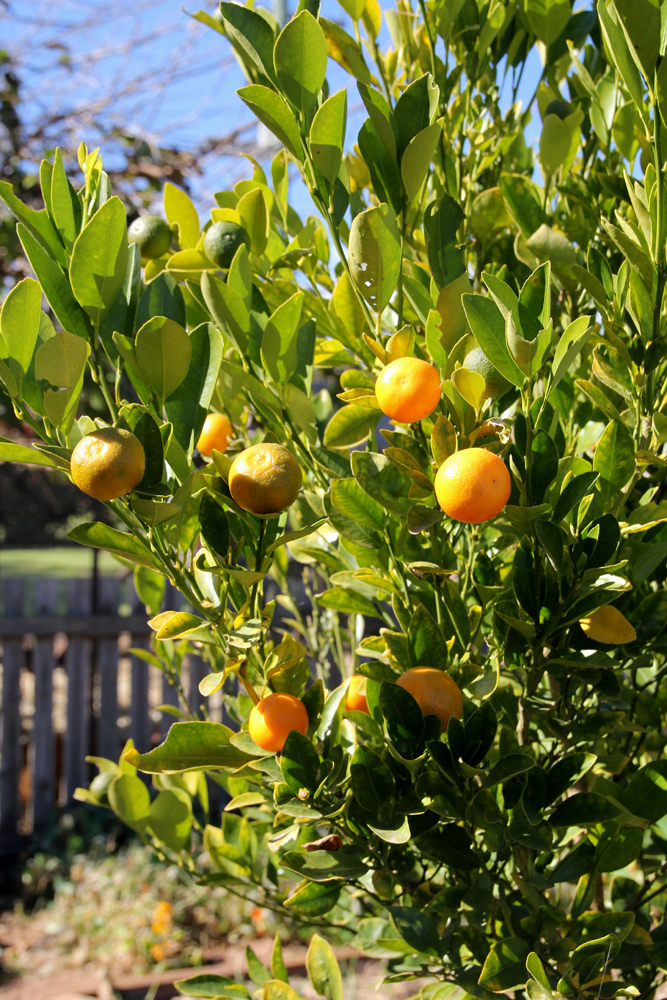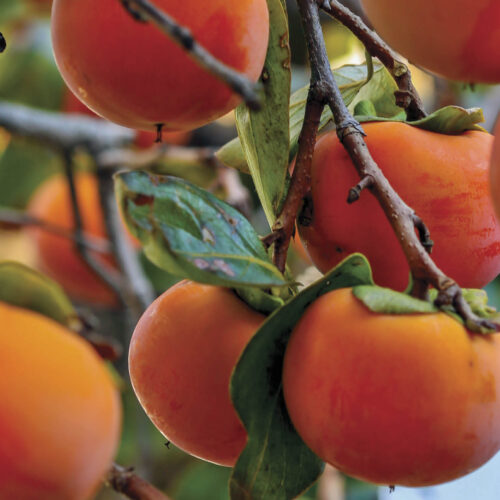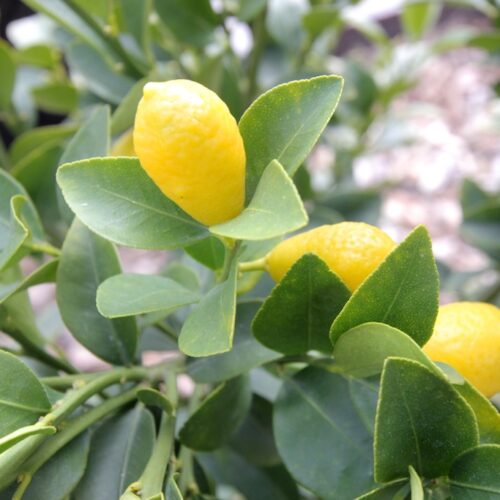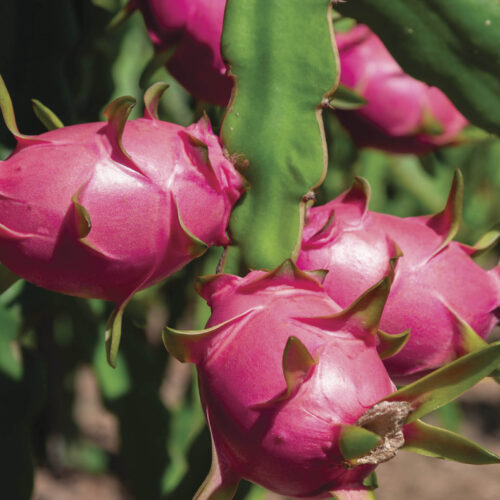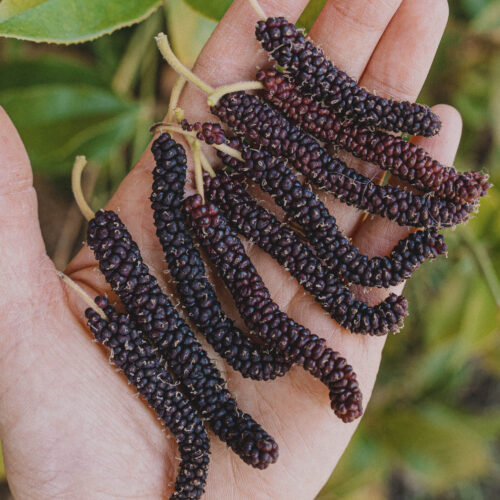Calamondins and Kumquats
2012-05-23T06:05:35+10:00
There is all sorts of confusion over citrus names, with kumquats and calamondins being prime examples. JUSTIN RUSSELL gives a run down on the smallest members of the citrus tribe.
You say kumquat, I say calamondin. Who’d have thought that the smallest members of the citrus tribe could generate such confusion, but mark my words, confusion over kumquat naming is rife and some clarification is in order.
What’s in a name
Let’s start with the basics. The small, round, orange fruits that backyard gardeners commonly call kumquats are usually the calamondin, Citrus mitis. These trees are likely to be a naturally occurring hybrid between a sour mandarin and a kumquat, and are grown primarily as ornamentals, though the fruit can be used to make a flavoursome marmalade.
True kumquats are closely related to citrus, but actually belong to the genus Fortunella. The botanical name was bestowed in honour of the famous plant explorer Robert Fortune, who first discovered the trees in South-East Asia during the 19th century. The common name “kumquat” is nothing more than the anglicised spelling of the Cantonese term for the fruit – “gam gwat”. Two kumquat cultivars commonly grown in gardens are ‘Nagami’ which has oval or teardrop shaped fruit, and ‘Marumi’ with round fruit shaped like miniature oranges. Both are lovely little trees, producing masses of fruit sweet enough to be eaten skin and all.
Very adaptable
At this point you might be more confused than when I started. In practical terms both kumquats and calamondins are treated identically. Each species is adaptable to a wide range of climates, tolerating both frost and high humidity, and each makes a small tree to about three metres tall. They are ideal container specimens, and this is my preferred way to grow them. I’ve got a Nagami kumquat in a terracotta pot near my chook pen, and beautiful calamondin growing in a half wine barrel as a focal point in my vegie garden. I feed them regularly with liquid fish emulsion, and find that they absolutely thrive.
Both trees are bearing fruit as I write, and to be honest, they look so pretty that I don’t really care what they are called, as long as it isn’t “ugly”. As much as I value botanical naming conventions, the truth which all gardeners must eventually face is that names sometimes get in the way of our enjoyment of plants. When all is said and done, it doesn’t really matter if you call your kumquat a calamondin or vice versa. The key thing is to enjoy your plants and treat them with care.

